Summary
The area is home to several fish species, including rainbow trout, brown trout, and kokanee salmon. Fishing enthusiasts can also enjoy other activities in the area, such as hiking and camping.
To catch rainbow trout, it is best to use baits such as salmon eggs and PowerBait. For brown trout, anglers can use lures such as spinners and flies. Kokanee salmon can be caught using lures such as dodgers and hoochies.
The best time to visit the Cove Day Use Area fishing area is from May to September, with average temperatures ranging from 70°F to 90°F. During this time, the water is warm, and the fish are more active.
Fishing enthusiasts can also take part in other activities in the area, including hiking, camping, and picnicking. The nearby Elephant Butte Lake State Park offers opportunities for water activities such as boating and swimming.
Overall, the Cove Day Use Area fishing area is a great location for fishing enthusiasts looking to catch a variety of fish species and enjoy other outdoor activities in a beautiful natural setting.
Weather Forecast
Nearby Streamflow Levels
Angling Safety Guidelines
Check local fishing rules, seasons, size limits, and license requirements to ensure legal and sustainable angling.
Handle Fish Responsibly
Use wet hands, minimize air exposure, and release fish gently to improve survival rates when practicing catch-and-release.
Choose the Right Gear
Match your rod, line, and tackle to the species and conditions to increase success and reduce unnecessary harm to fish.
Respect the Waterway
Avoid disturbing habitat, prevent bank erosion, and keep a safe distance from spawning areas to protect ecosystems.
Keep It Clean
Pack out all line, hooks, bait containers, and trash—discarded gear can injure wildlife and degrade waterways.
Related Links
Area Campgrounds
| Location | Reservations | Toilets |
|---|---|---|
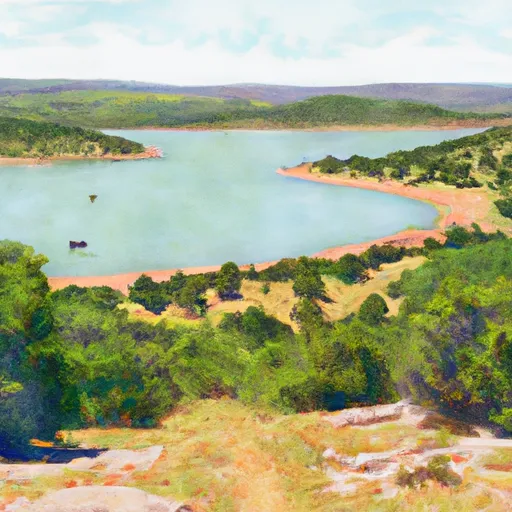 Cove - Quemado Lake
Cove - Quemado Lake
|
||
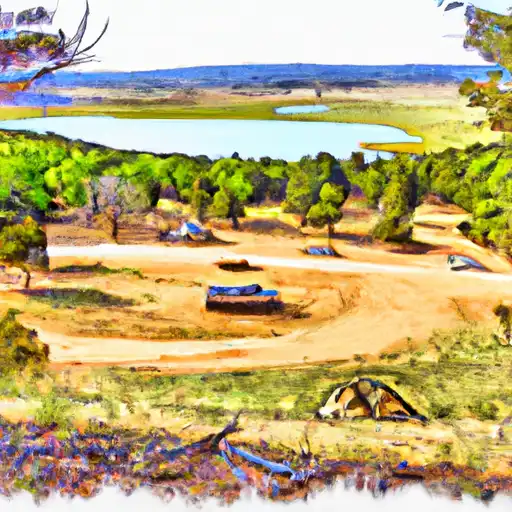 Juniper - Quemado Lake
Juniper - Quemado Lake
|
||
 Piñon Campground
Piñon Campground
|
||
 Pinon - Quemado Lake
Pinon - Quemado Lake
|
||
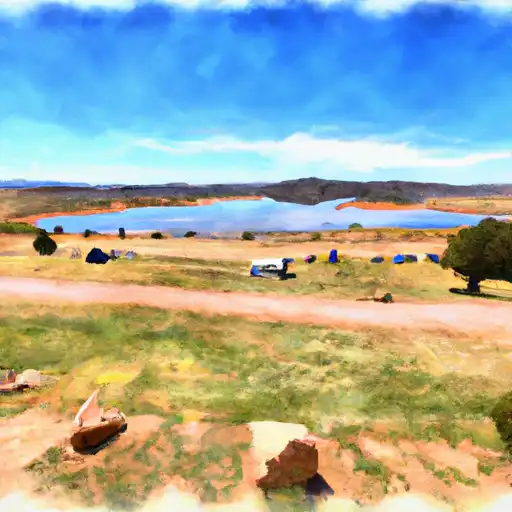 El Caso - Quemado Lake
El Caso - Quemado Lake
|
||
 El Caso I-IV Campground
El Caso I-IV Campground
|



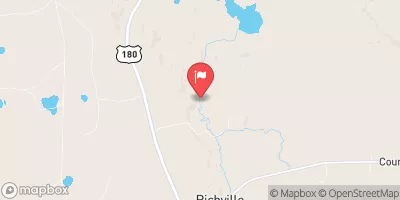
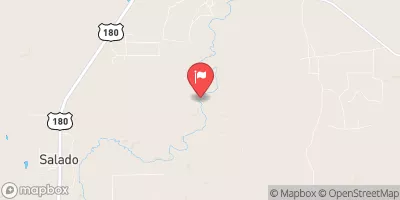


 Quemado Lake Dam
Quemado Lake Dam